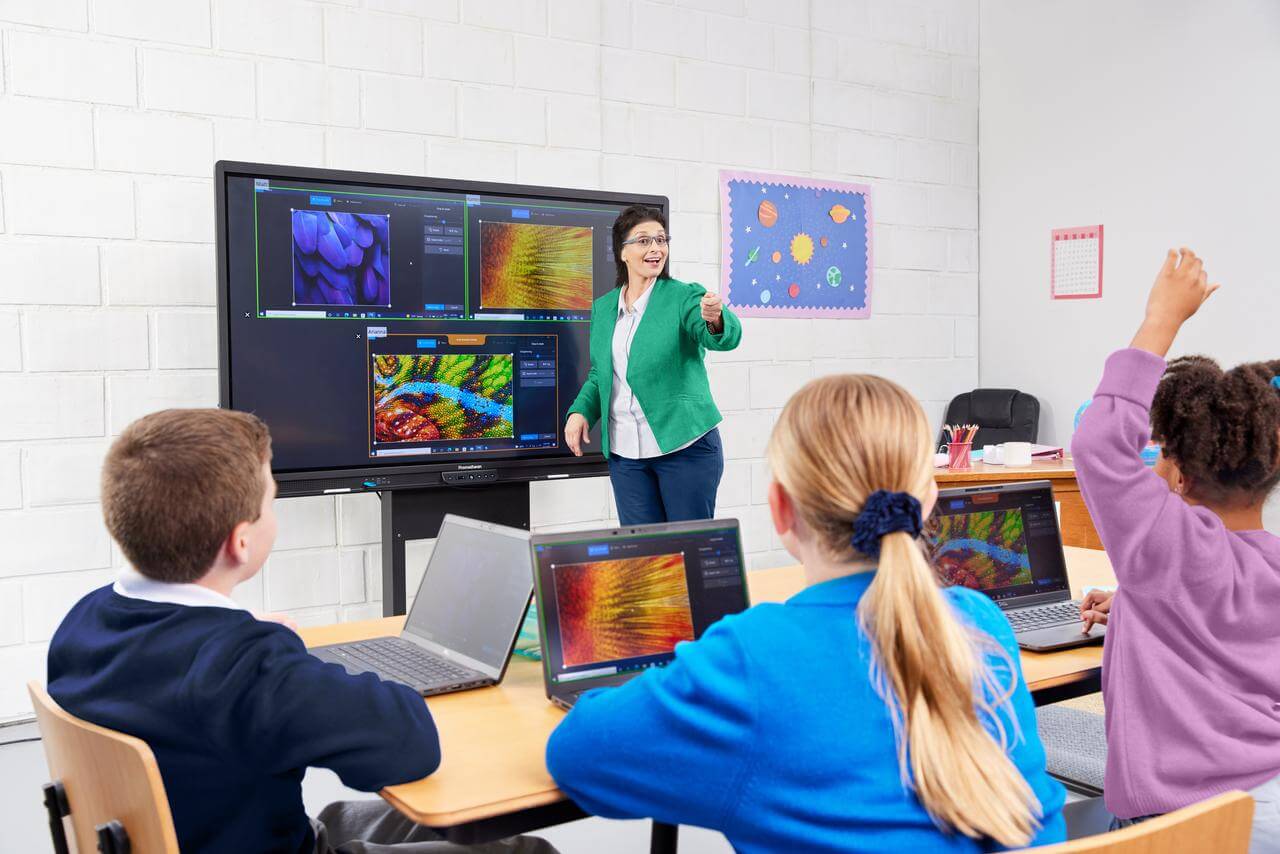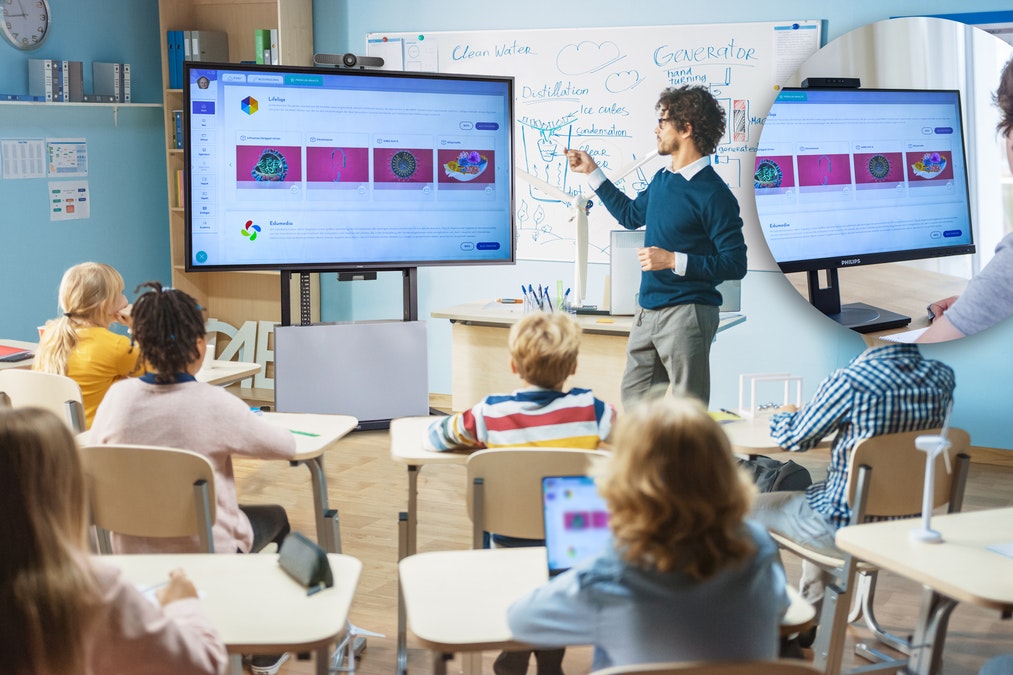A Comprehensive Guide to the Various Discovering Techniques in Main Science Guideline
The expedition of varied understanding methods in primary scientific research direction offers an opportunity for educators to improve trainee interaction and understanding significantly. By taking a look at hands-on understanding strategies, inquiry-based strategies, and joint strategies, we can identify effective practices that cater to various learning styles.

Hands-On Learning Methods
Hands-on understanding techniques play an essential duty in main scientific research instruction, engaging trainees in energetic expedition and experimentation. These techniques permit learners to engage directly with phenomena and materials, cultivating a much deeper understanding of clinical concepts. By making use of manipulatives, versions, and real-life experiments, educators produce an environment where pupils can observe, hypothesize, and check their ideas.
Such methods not only boost comprehension however also grow vital thinking and analytical skills. When students join activities like constructing basic makers, planting seeds, or carrying out chemical reactions, they are encouraged to ask inquiries and look for responses through their own monitorings. This experiential technique assists to debunk complicated scientific principles, making them much more relatable and easily accessible.
Moreover, hands-on knowing promotes collaboration amongst peers, as trainees frequently work in groups to perform experiments or share findings. This teamwork not only enriches their understanding experience yet additionally creates essential social abilities. Inevitably, incorporating hands-on methods in main science guideline cultivates a lifelong love of knowing and curiosity concerning the all-natural world, laying a strong structure for future academic pursuits in scientific research and beyond.
Inquiry-Based Learning
Inquiry-based understanding is a training approach that motivates pupils to ask concerns, explore phenomena, and create their own understanding of clinical concepts. This technique shifts the emphasis from traditional teacher-led direction to an extra student-centered experience, where learners take the effort in their instructional trip. By fostering curiosity, inquiry-based learning advertises deeper involvement with the product, enabling pupils to discover topics in a significant context.
In technique, this technique commonly entails hands-on experiments, observations, and vital thinking activities that line up carefully with the clinical technique. Pupils are urged to create theories, layout examinations, and assess information, which grows essential skills such as analytical and problem-solving reasoning. The role of the teacher in this framework is to promote expedition, guiding pupils through the questions process while motivating independent thought and partnership.
In addition, inquiry-based knowing supports a sense of possession over the learning process, motivating pupils to pursue expertise actively. This approach not only improves understanding of clinical ideas yet additionally cultivates a lifelong love for learning, furnishing students with the abilities essential to navigate a significantly complicated globe.
Collaborative Understanding Approaches
Joint discovering methods encourage pupils to participate in meaningful communications with peers, promoting a shared responsibility for their educational end results. In main science guideline, these techniques encourage learners to interact to explore scientific principles, resolve issues, and conduct experiments (primary science tuition Singapore). By getting involved in group tasks, pupils can take advantage of diverse viewpoints, permitting richer understanding and retention of scientific understanding
One key facet of collaborative knowing is the emphasis on communication abilities. Trainees have to articulate their thoughts, listen actively to others, and discuss concepts, every one of which are essential competencies in both academic and real-world contexts. This social interaction not only boosts their understanding of scientific principles however likewise advertises synergy and problem site link resolution abilities.
Moreover, collaborative discovering commonly results in boosted motivation and interaction. They are a lot more most likely to take possession of their discovering journey when students see the worth of their contributions within a group. Educators can facilitate this procedure by making structured group tasks that straighten with educational program goals while giving assistance on effective cooperation methods. In general, incorporating collective knowing methods in key scientific research direction cultivates a vibrant discovering atmosphere that prepares pupils for future scholastic and social challenges.
Technology Integration in Science
The assimilation of modern technology in key science guideline boosts learning experiences by giving innovative devices and resources that sustain various mentor methodologies, consisting of collaborative knowing - primary science tuition Singapore. Making use of electronic platforms, simulations, and interactive applications enables pupils to engage deeply with scientific principles, helping with an extra hands-on technique to knowing
Digital labs, for instance, make it possible for learners to perform experiments safely and successfully, advertising inquiry-based learning. These tools can imitate real-world scientific circumstances, allowing students to picture intricate processes that would be tough to reproduce in a traditional classroom setting. In addition, modern technology promotes communication and cooperation among students, as they can share findings and interact on jobs with on the internet platforms.
In addition, multimedia discussions and instructional videos can enhance lessons by accommodating diverse learning designs, making abstract ideas extra accessible. Information evaluation devices additionally equip trainees to collect and interpret clinical information, reinforcing vital thinking abilities. Generally, the tactical unification of modern technology in key scientific research direction not only enhances involvement however other likewise prepares students for a highly advanced culture, furnishing them with crucial skills for future clinical ventures.
Separated Instruction Techniques
Distinguished instruction methods are essential for addressing the diverse requirements of learners in key scientific research education. These methods make it possible for educators to tailor their mentor approaches to suit varying abilities, rate the original source of interests, and finding out designs within the classroom. By utilizing separated guideline, instructors can develop an inclusive setting that fosters interaction and improves understanding of clinical concepts.
One efficient approach is to use versatile organizing, which permits pupils to collaborate with peers at comparable skill degrees or with varying perspectives. This approach urges peer knowing and advertises essential thinking. Additionally, providing options in jobs can encourage trainees, enabling them to choose jobs that reverberate with their passions while still meeting curricular objectives.
Furthermore, integrating tiered tasks is an additional important strategy. Deliberately tasks with varying levels of intricacy, instructors can ensure that all students are suitably challenged, despite their proficiency. Making use of formative assessments to evaluate comprehending additional enables teachers to change their training techniques dynamically, guaranteeing that each learner receives the support they require.
Inevitably, applying set apart guideline methods in primary scientific research education and learning not only improves pupil understanding end results however also grows an interest for science, preparing students for future scholastic quests.

Conclusion
In summary, efficient primary scientific research direction necessitates a complex technique that includes hands-on learning, inquiry-based methods, and joint techniques. The assimilation of technology and differentiated guideline additionally caters to varied knowing designs, fostering a setting helpful to exploration and essential thinking. By implementing these techniques, instructors can improve student interaction and understanding, ultimately supporting a long-lasting enthusiasm for scientific research and query. Such comprehensive methods are vital for developing notified and curious future researchers.
The exploration of diverse knowing techniques in primary science instruction offers a possibility for instructors to improve trainee interaction and comprehension substantially.Hands-on knowing strategies play an essential function in primary scientific research guideline, engaging trainees in active expedition and trial and error.Inquiry-based discovering is an instructional approach that urges trainees to ask questions, investigate sensations, and build their own understanding of clinical ideas.Collaborative understanding strategies equip students to involve in significant interactions with peers, cultivating a common responsibility for their instructional end results. In general, incorporating collective knowing strategies in main science guideline cultivates a dynamic understanding setting that prepares pupils for future scholastic and social challenges.